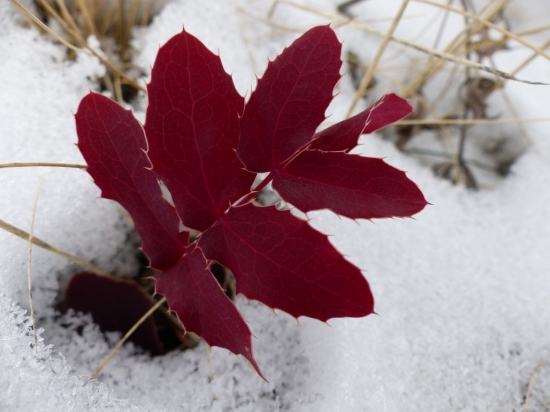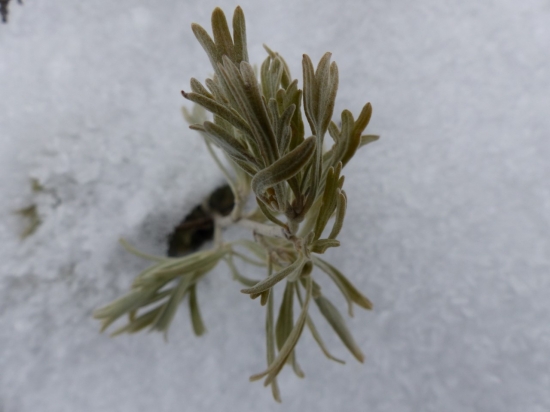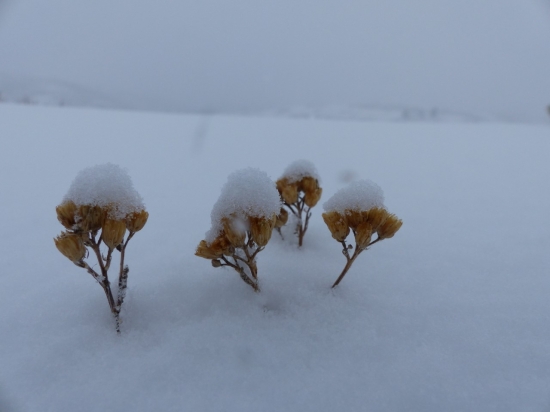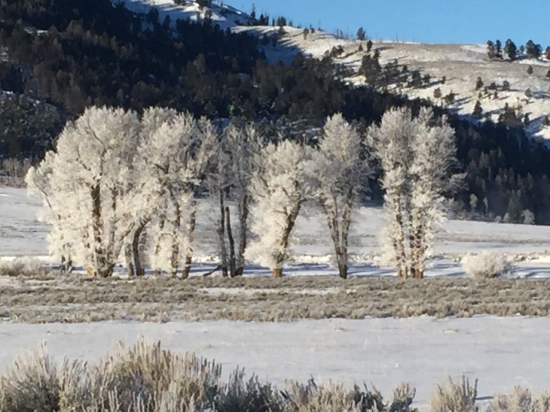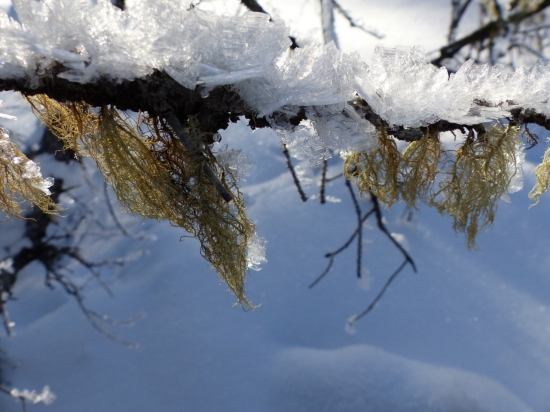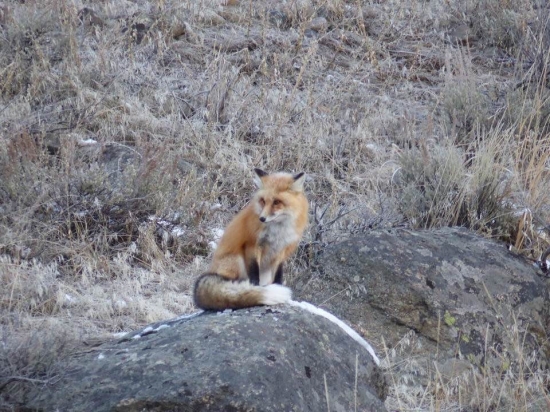Yellowstone in Winter
Guest Writer, Joe Allenby Dan Hartman
Jan. 8, 2018
Again, our group of "Yellowstonephiles" journeyed from western NY to Yellowstone, a trip we've made several times now. But this trip was an exception for us- we came in December. One follows blogs about how wonderfully different the park is in the winter" tourists are much fewer, wildlife diversity is less but more visible, wolves are more active-all true and much more. We were definitely treated to a full-blown Yellowtone wildlife experience. We saw five different wolf packs many bison, elk, moose, fox, coyotes, bighorn sheep, pine martens and pronghorn. The winter wildlife viewing did not disappoint, including seeing a foray into the northern range by the famous Mollies pack with two kills, a bull elk and bull bison withing days of each other. The Junction Buttes, Eight-miles Lamars and Wapiti packs were also observed during our ten day stay. We commonly had 3 "dog days" and a "5 pack week." We were blessed with cougar tracks and many other evidences of Yellowstones great mammalian diversity. Among avian life were bald and golden eales, american dippers, a myriad of duck species an my favorites, the typical corvids, including ravens and magpies, just to mention a few.But I am drawn to something different from "the typical" this winter. Upon reflection, there is more to see in the subtleties of Yellowstone in Winter. Don't get me wrong. Megafauna is the major attraction for us in the park. There are, however, myriads of things to see that don't chase elk and bison. Winter is anecdotally viewed as a "resting" period for vegetation' it is a time of stress and potential death for many things. On this excursion one in my group was circumspect enough to "wander off" while we were watching wolves do their "wolf thing". After looking at her photos, I was amazed at the quiet stillness they conveyed. Amidst the snow, ice and animal tracks were subtle and resolute reminders of the base of the food chain-the organisms that buoy up the largest and smallest herbivores and in turn, the largest and smallest carnivores. Insulated by snow, these quiet, windblown producers are reminders of how fragile ecosystems are, how susceptible they are. As climates change and temperatures moderate, what will be the fate of these quiet survivors? What will be the fate of parks and wilderness areas? Winter offers many challenges to the flora and fauna of the ecosystems, but what is offered us was truly unique, fortifying our resolve to protect and defend our parks and public lands.
On our summer trips, we're up at 4:30 am, loading scopes and cameras, and hitting the road at 5 am so we can get to a pull-off at 5:30 am. Viewing wildlife, listening to wolf watchers and park personnel, scoping the hills, climbing Mt. Washburn, hitting the Beartooth, soaking in the Boiling River, speaking with authors and fly fishing are all a part of what we experience. Our day is over at around 9:30 pm. It is frenetic to say the least, but we love it. Being in Yellowstone in winter, however, is much more relaxed. Days are short and the pace of traveling and wildlife watching is reduced (with the exception of the occasional mad dash to another pull-out when wolves are spotted). There is much more time for reflection later around the warming fire in our cabin, allowing us time for conversations on the subtleties of Yellowstone and on the evolution, survivability and adaptbility of the parks many species. And a side benefit is getting more sleep.
Thanks go out to Dan Hartman, Rick Lamplugh, Laurie Lyman, Melba Coleman, Doug McLaughlin, Rick McIntyre and Lamar Valley Cabins for being an integral part of our experience.
